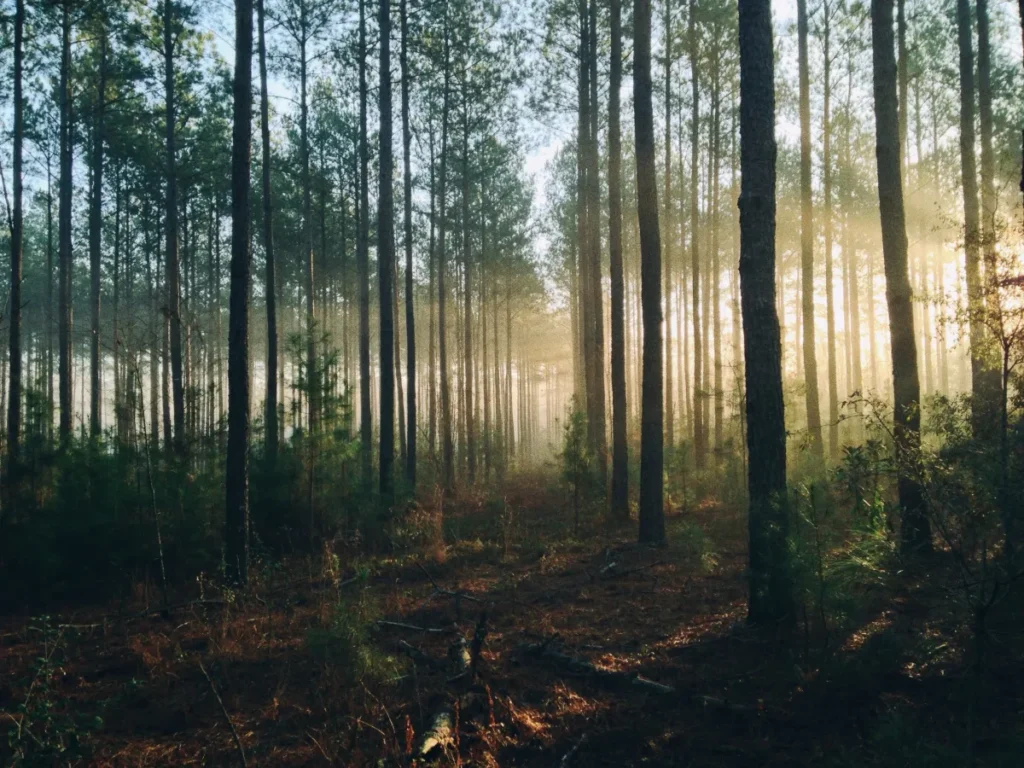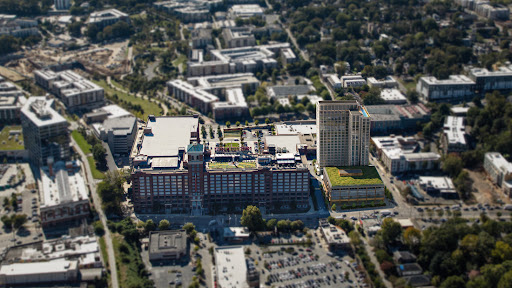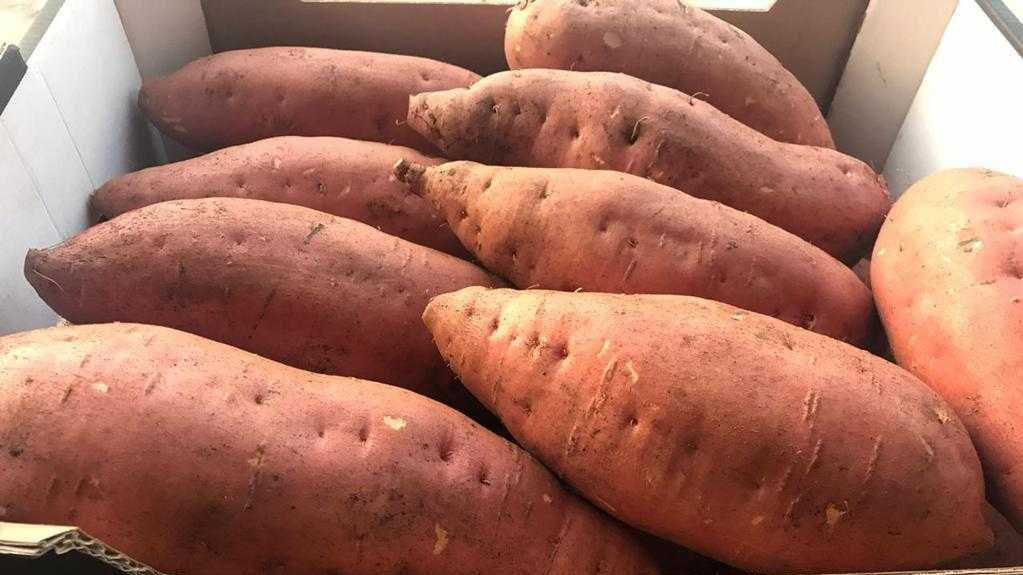Georgia is known for its vast and diverse natural resources, and one of the most significant contributors to its economy is the timber industry. The state is home to millions of acres of timberland, making it a key player in the forestry sector. Understanding where timber is grown in Georgia is essential for industry professionals, environmentalists, and anyone interested in the state’s forestry practices. In this article, we will explore the key timber-producing regions in Georgia, the types of trees grown, and the role timber plays in the state’s economy.
Georgia’s Forest Resources: An Overview
Georgia boasts over 24 million acres of forested land, which accounts for approximately 67% of the state’s total land area. The timber industry in Georgia plays a vital role in both the state’s economy and its environmental sustainability efforts. The state’s forests are home to a wide variety of tree species, with pine trees such as the Loblolly Pine, Longleaf Pine, and Slash Pine being the most common.
The economic impact of Georgia’s timber industry is substantial, with timber-related activities generating billions in revenue annually. Additionally, the industry provides thousands of jobs, from forestry management to timber harvesting and processing. Georgia is one of the leading timber-producing states in the U.S., with its timberland also providing habitats for a diverse array of wildlife.
Major Timber-Producing Regions in Georgia

Piedmont Region
The Piedmont region of Georgia, which stretches from the central part of the state to the northern border, is one of the primary areas for timber production. The region is characterized by rolling hills and fertile soil, making it an ideal location for forest growth. The Piedmont is home to a large number of Loblolly Pines, a fast-growing tree species commonly used in the paper and lumber industries.
The region’s timber industry is robust, with both private and public lands dedicated to forest management. As one of the most active timber-producing areas in Georgia, the Piedmont plays a key role in the state’s timber economy, contributing significantly to both the local and state economies.
Upper Coastal Plain
The Upper Coastal Plain, which lies south of the Piedmont region, is another major area for timber production in Georgia. This region includes parts of central and southeastern Georgia and features a mix of pine species, with Loblolly Pine and Slash Pine being the most prevalent. The region’s flat terrain and favorable growing conditions make it ideal for large-scale timber production.
The timber industry in the Upper Coastal Plain is an important driver of the regional economy, with many landowners participating in timber harvesting and replanting efforts. The region is also home to many mills that process the harvested timber into wood products used in construction, paper production, and more.
Lower Coastal Plain
The Lower Coastal Plain, located in the southernmost part of Georgia, is one of the most productive timber-growing regions in the state. The landscape here is dominated by wetlands, marshes, and sandy soils, providing an ideal environment for Slash Pine, which is the predominant species in this area. The region’s low-lying terrain and mild climate contribute to the rapid growth of these pines, which are highly valued for their timber.
The Lower Coastal Plain is a hub for timber harvesting, with numerous forestry operations working to meet both national and international demand for wood products. The region is also crucial for the overall health of Georgia’s forestry industry, as it accounts for a significant portion of the state’s annual timber production.
Forest Ownership and Management
Timberland ownership in Georgia is divided between public and private sectors. Private landowners, including individuals, corporations, and timber companies, own the majority of the state’s timberland. These landowners manage their forests for timber production, wildlife conservation, and recreational activities. The Georgia Forestry Commission plays a key role in managing public lands and assisting private landowners with sustainable forestry practices.
Sustainable forest management is a priority in Georgia, with various programs in place to ensure that timber harvesting practices are environmentally responsible. These programs focus on replanting trees, preventing forest fires, and promoting biodiversity in timberlands.
Timber Harvesting and Regulations
Timber harvesting in Georgia is regulated to ensure that the state’s forests remain healthy and productive. The Georgia Forestry Commission oversees the implementation of sustainable harvesting practices and enforces laws that protect the environment. Landowners are encouraged to follow best management practices (BMPs) for timber harvesting, which include methods that minimize soil erosion, protect water quality, and preserve wildlife habitats.
In addition to state regulations, Georgia’s timber industry must comply with federal laws and regulations regarding forest management, including those aimed at protecting endangered species and preserving critical habitats. These regulations ensure that timber harvesting is conducted in an ecologically responsible manner, which helps maintain Georgia’s valuable forest resources for future generations.
Environmental Considerations
Georgia is committed to sustainable forestry practices that balance the economic needs of the timber industry with the preservation of the state’s natural resources. One of the key focuses of Georgia’s forestry community is to reduce the environmental impact of timber harvesting by implementing conservation strategies such as selective cutting, forest regeneration, and reforestation programs.
Timber production also plays a role in mitigating climate change, as trees absorb carbon dioxide from the atmosphere. The timber industry in Georgia is working to improve carbon sequestration by promoting the growth of healthy forests and expanding forest cover across the state.
Future Outlook
The future of timber production in Georgia looks promising, with growing demand for sustainable and responsibly harvested timber. Advances in forest management techniques and timber processing technologies are expected to increase the efficiency and sustainability of the timber industry. Additionally, the growing interest in environmentally friendly products, such as wood-based bioplastics and sustainable building materials, may create new opportunities for Georgia’s timber industry.
However, challenges remain, such as managing the impacts of climate change on forest health and ensuring that the state’s timber resources are available for future generations. By continuing to focus on sustainable practices and collaborating with environmental organizations, Georgia’s timber industry can remain a vital part of the state’s economy and a leader in responsible forestry.
Conclusion
Georgia’s timber industry is a cornerstone of the state’s economy, with vast forest resources spread across the Piedmont, Upper Coastal Plain, and Lower Coastal Plain regions. These areas are home to some of the most productive timberlands in the U.S., providing timber for a variety of industries and supporting thousands of jobs. Sustainable forest management practices ensure that Georgia’s timber resources remain abundant for generations to come. Understanding where timber is grown in Georgia and how it is managed is crucial for anyone interested in the state’s forestry sector and its future growth.


